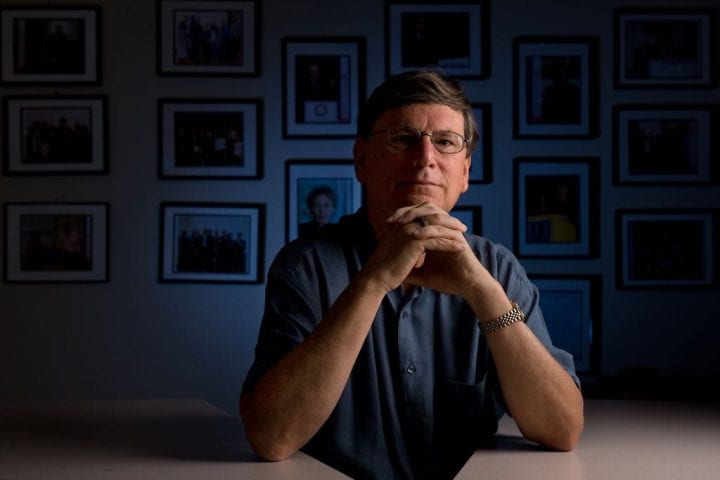Handicapping early presidential politics
Political science professor Russell Dalton weighs in on the early presidential race.

The 2012 presidential election is off to an early start, with several candidates throwing their hats into the ring and others famously removing themselves from contention. (We’re looking at you, Mr. Trump.)
The hopefuls – ranging from veteran politicians to self-proclaimed Washington outsiders – all seem to make the same promises: resurrect the economy, create jobs and cut the federal deficit. But few offer specifics on how they plan to achieve these goals.
To make some sense of it all, we spoke to Russell Dalton, UC Irvine professor of political science. He studies political participation among youths and the rising number of independents. According to Dalton, these nonpartisan voters make election outcomes increasingly difficult to predict.
Here, he discusses the candidate pool, President Obama’s reelection prospects, and why the youth vote matters.
Q.What are your thoughts on the early presidential candidates – does anyone have a real chance against Obama?
A. There is always a strong benefit to being an incumbent president, and this applies to Obama as well. However, the Electoral College math suggests that he’s at risk to lose the 2012 election. Many of the states Obama won in 2008 have trended toward Republicans since then, Florida and Ohio among them. It will only take a few more states shifting from Obama to the GOP to alter the electoral outcome. Plus, Obama is still struggling with a weak economy, public skepticism toward all incumbents, and a contentious Democratic Party. His best hope is that the Republicans are unable to find a strong candidate – which is the biggest question right now.
Q. What role do early, long-shot candidates play in political races?
A. Donald Trump is an exceptional example of a flash-in-the-pan candidate. They attract the hot glare of attention but quickly burn out, either of their own making or when the public learns what they really are advocating. Few political experts considered Trump a serious contender. However, the appeal of these candidates is a sign of the increasing fluidity of the electoral process. A large number of Americans are looking for something they cannot find among the mainstream candidates.
Q.What’s more important for a presidential candidate: raising money or assembling the right team of advisers?
A. You can’t win without both. In 2008, Obama had both and McCain had neither. In 2012, Obama will be back again, and the Republican campaign looks even more uncertain.
Q. How will tea party candidates affect the next election?
A. This is a quandary for the Republican Party. The tea party brings some enthusiasm, campaign workers and financial support to a candidate. But even in 2010, a Republican-leaning election, their record was not a significant boost to the GOP. Tea party candidates won as often as they lost, and this doesn’t change even when controlling for other factors about the election. Moreover, the tea party signals division within the Republican Party over its direction. Too extreme a candidate winning the Republican primary with tea party support will lessen the chance of Republican Party victories in November. This was the case in 2010.
Q. Obama remains popular among young voters, even though his star has dimmed among other groups. Do you anticipate GOP candidates courting the under-30 demographic?
A. Obama’s support among the young has waned since 2008 but is still stronger than his support among other generations. It will be very difficult for most of the current Republican candidates to make positive inroads into Obama’s support among the young. This is especially the case if the Obama campaign focuses more attention on the youth vote (more than it has since 2008). But whomever young people back, it’s in the nation’s best interests to encourage them to vote. Their turnout increased by a larger percentage in 2000 and 2004 than in 2008 – and there is more room for improvement. Both parties should pay greater attention to the potential youth vote.